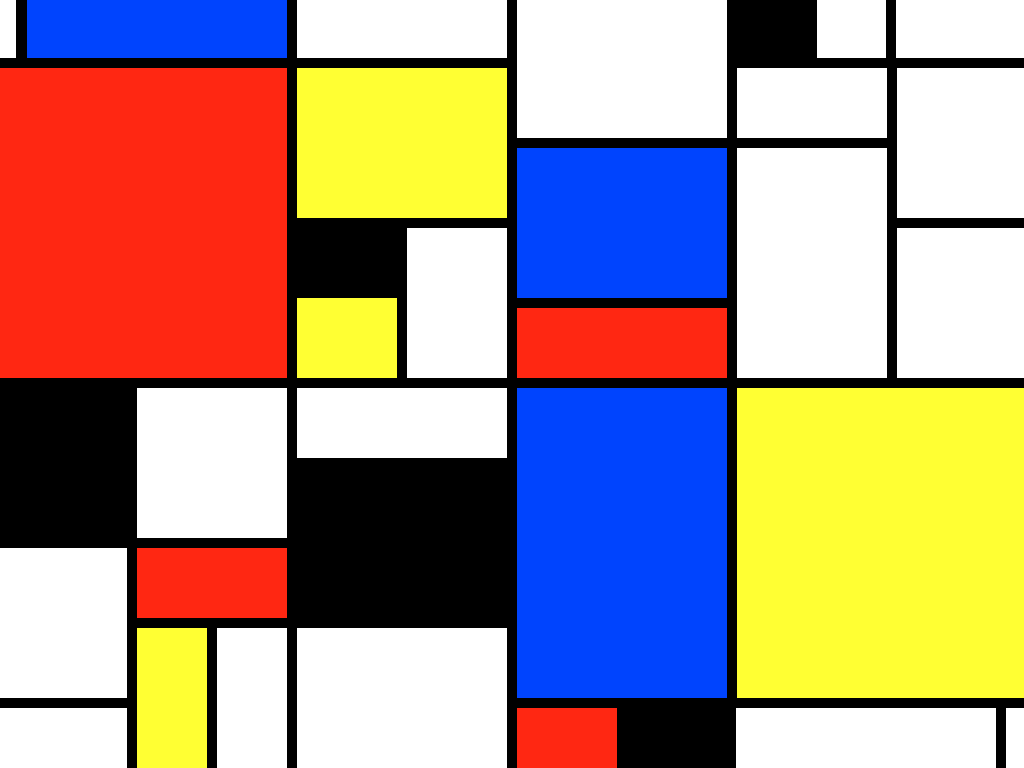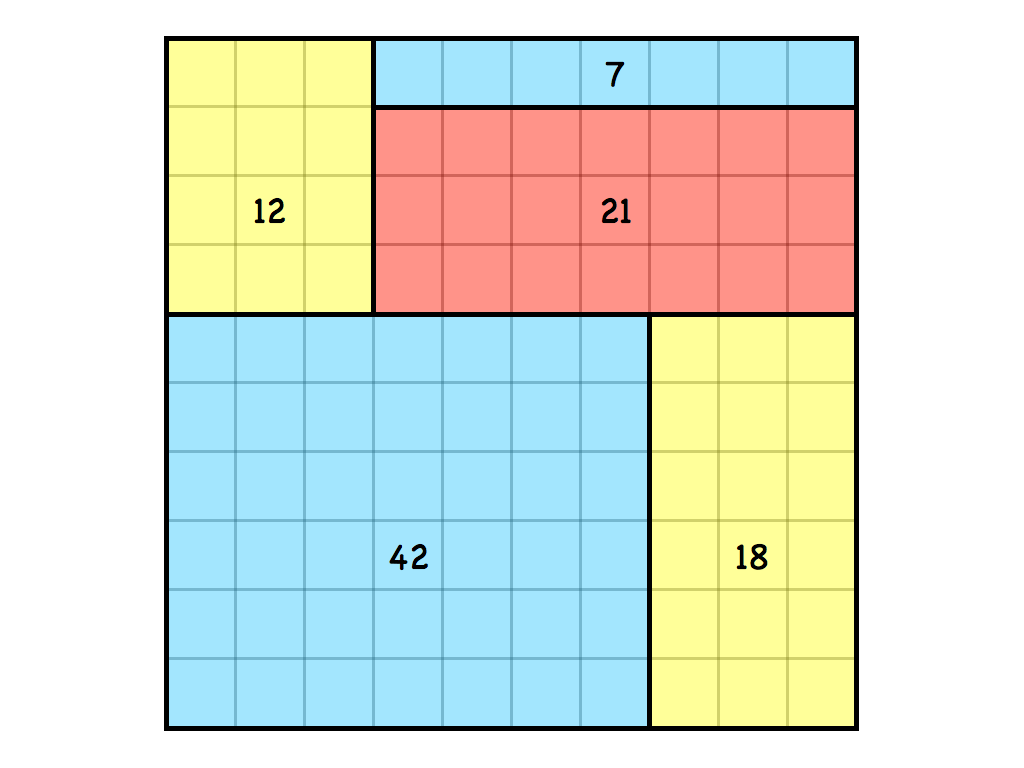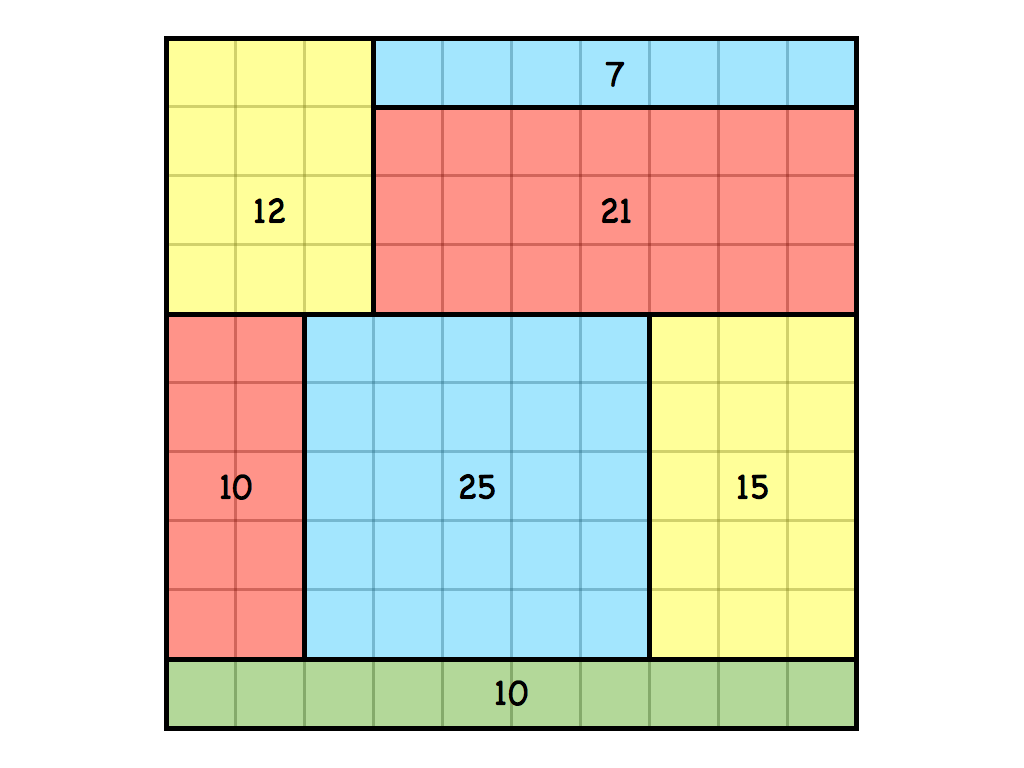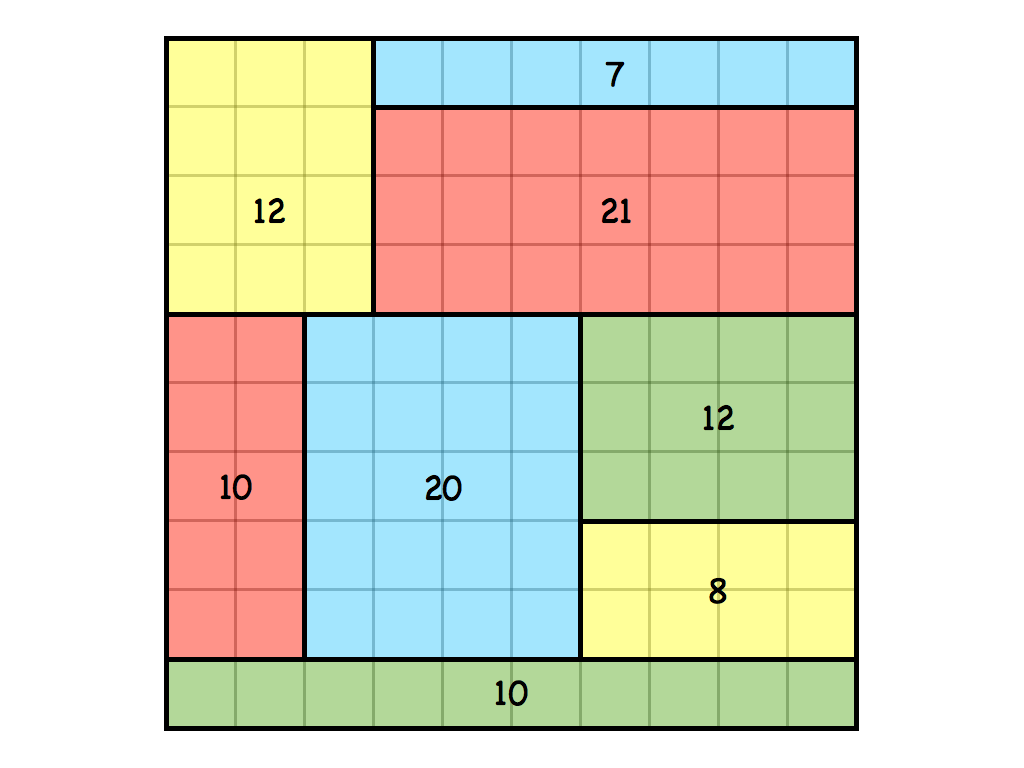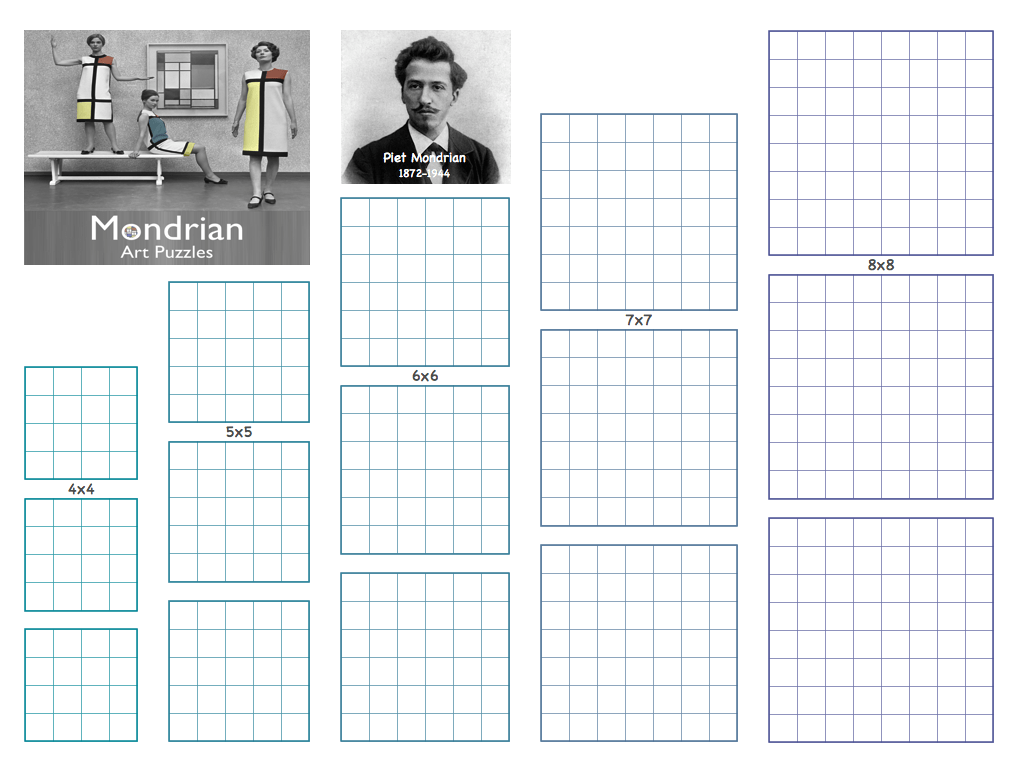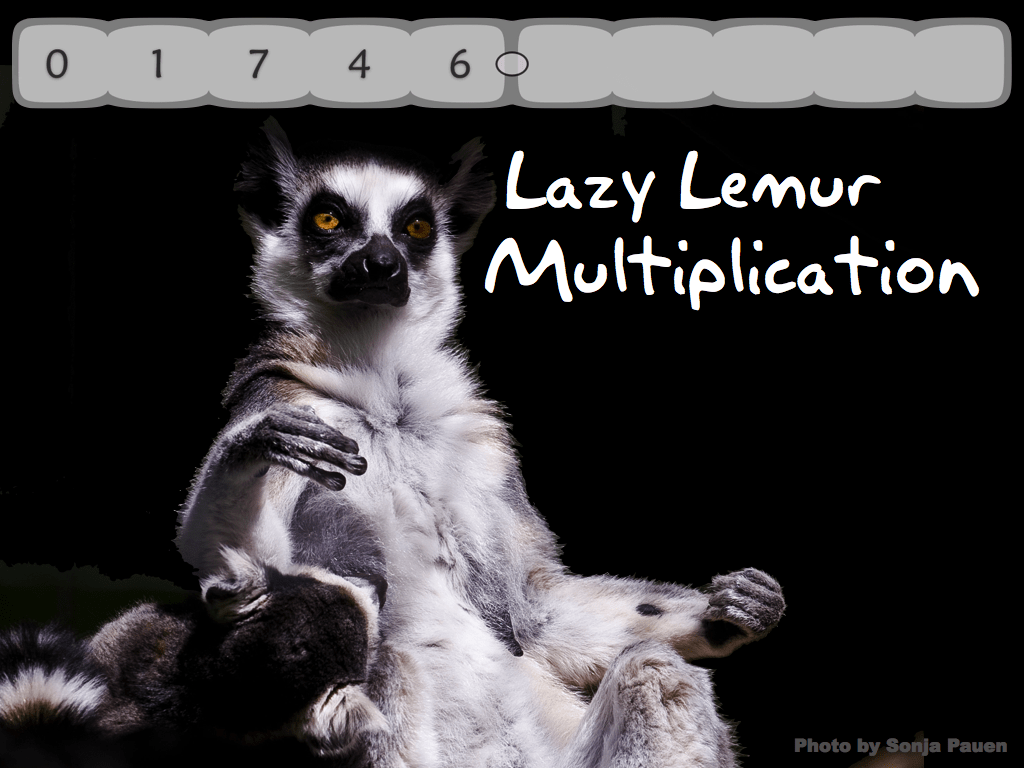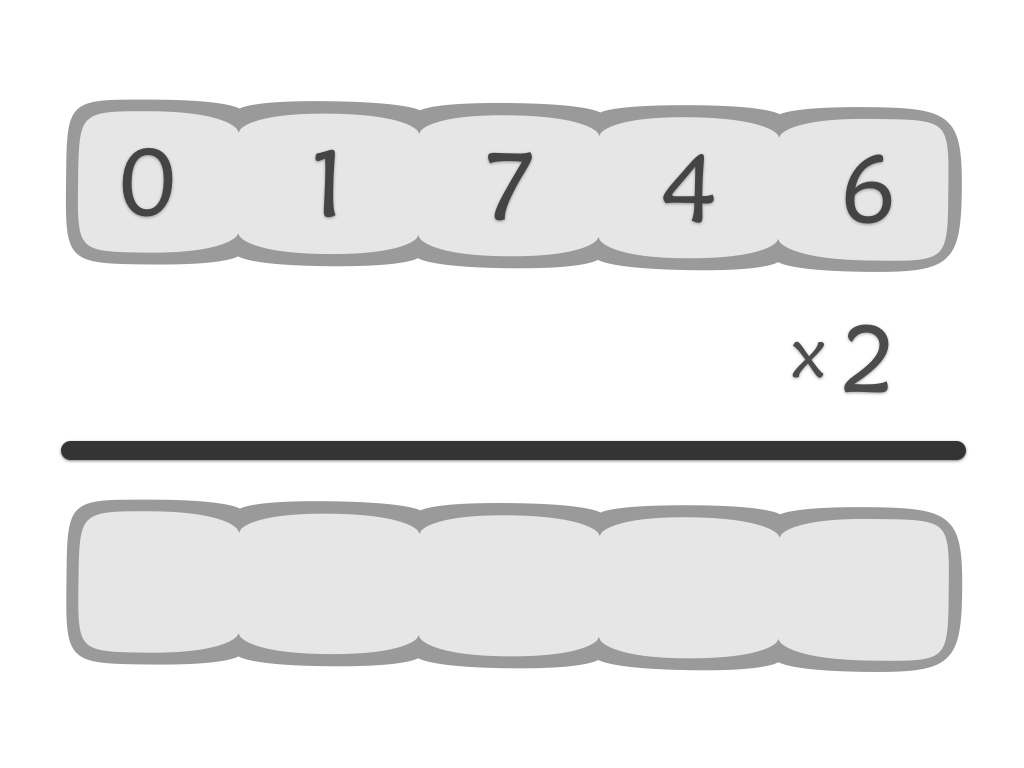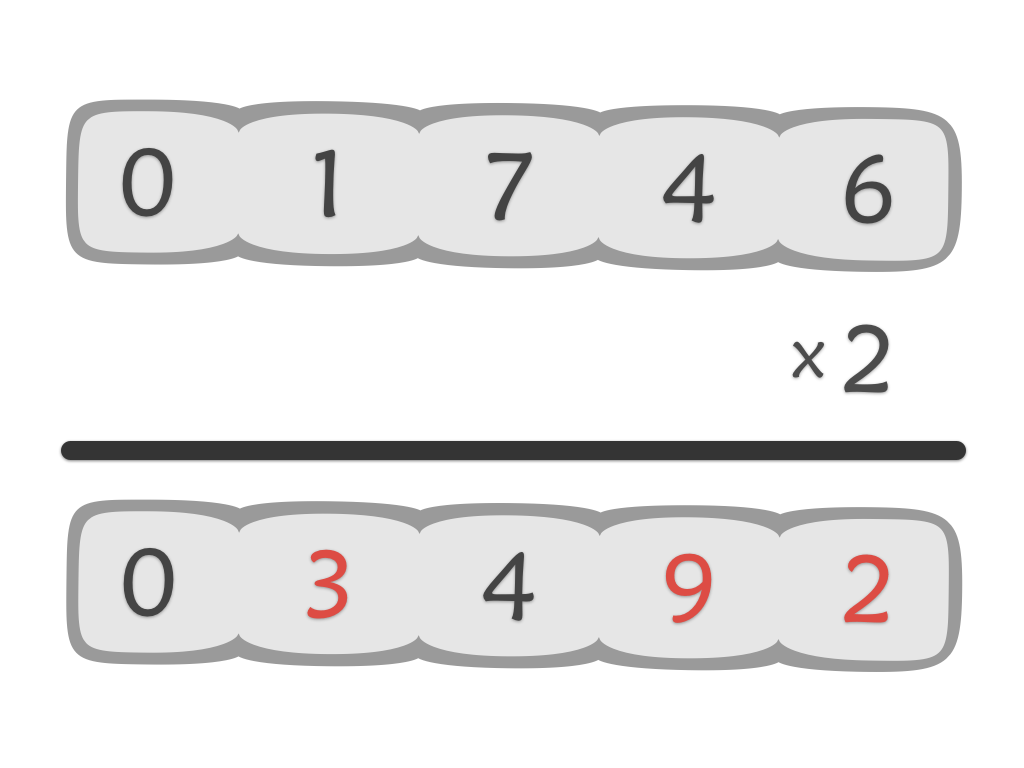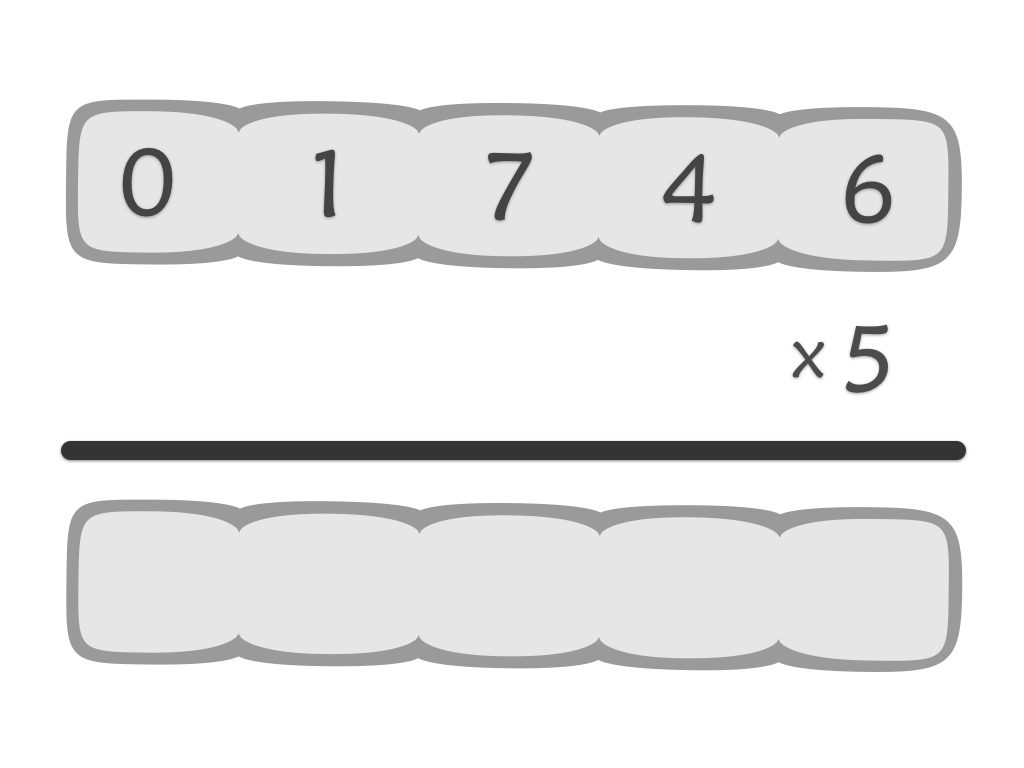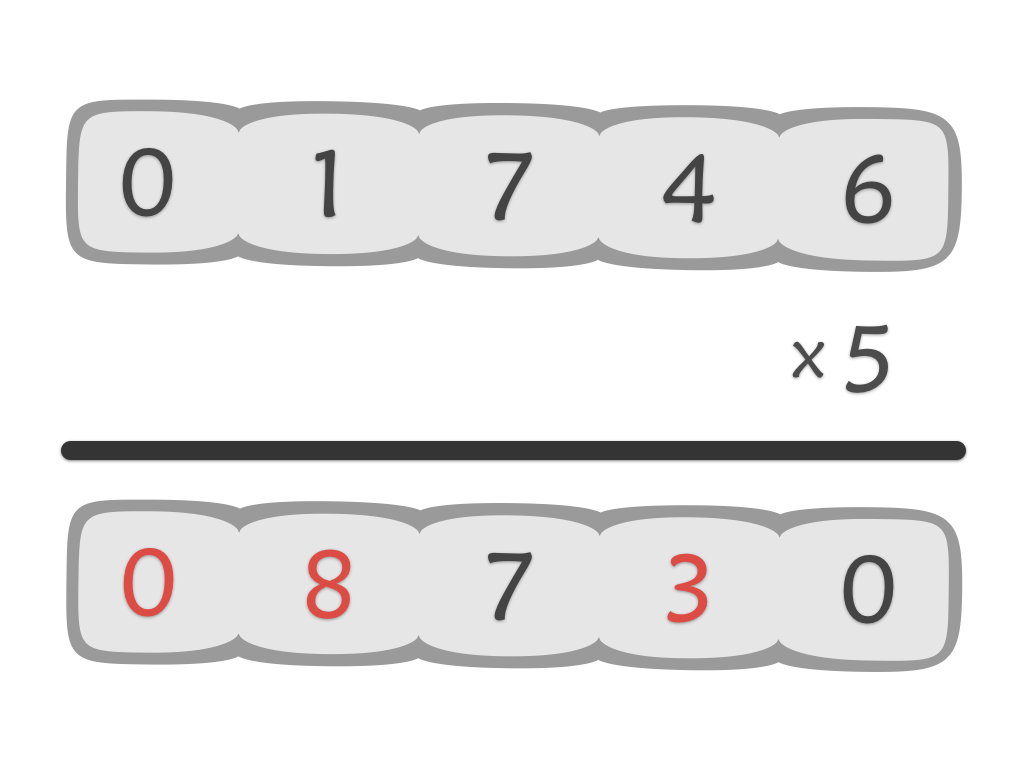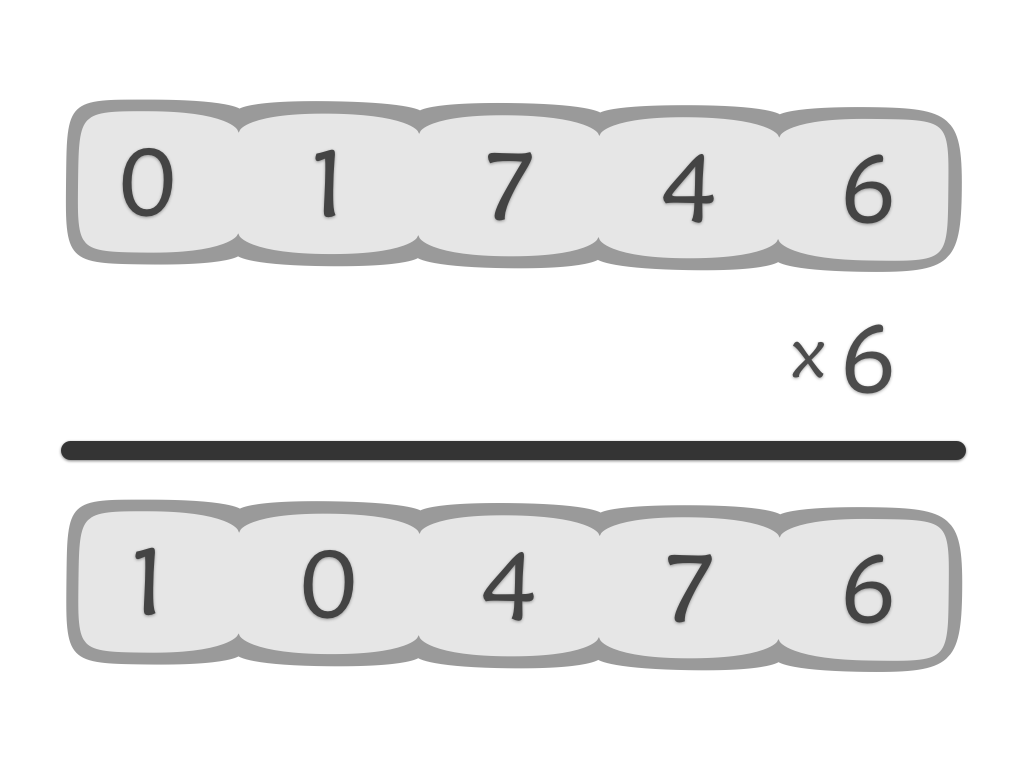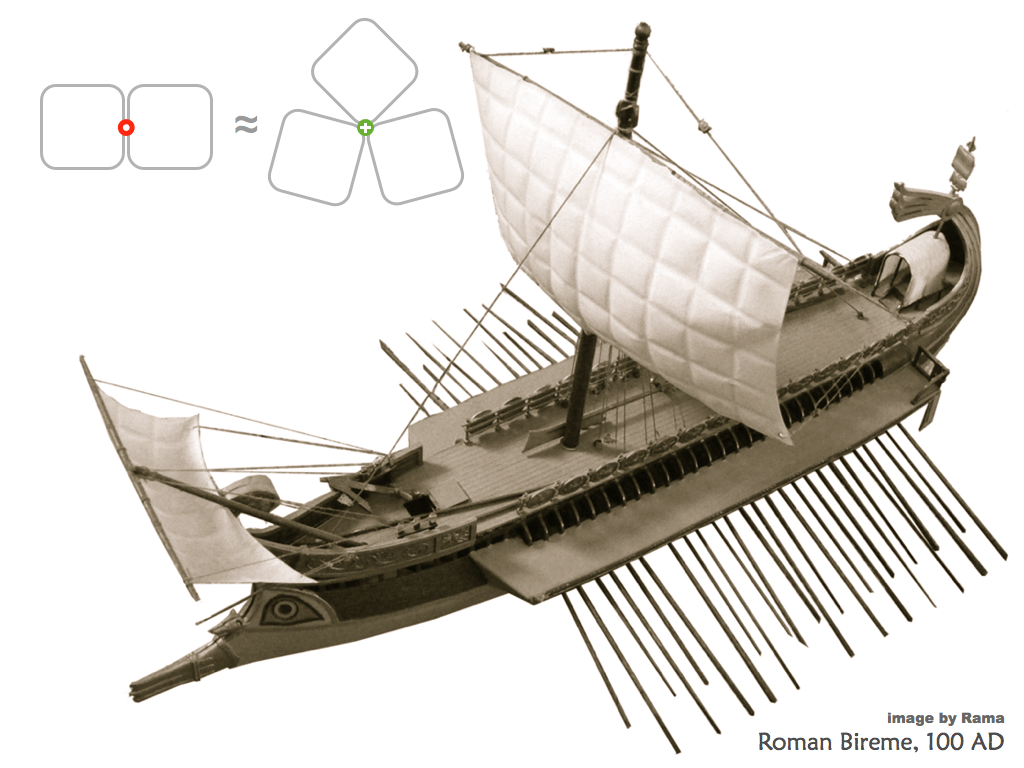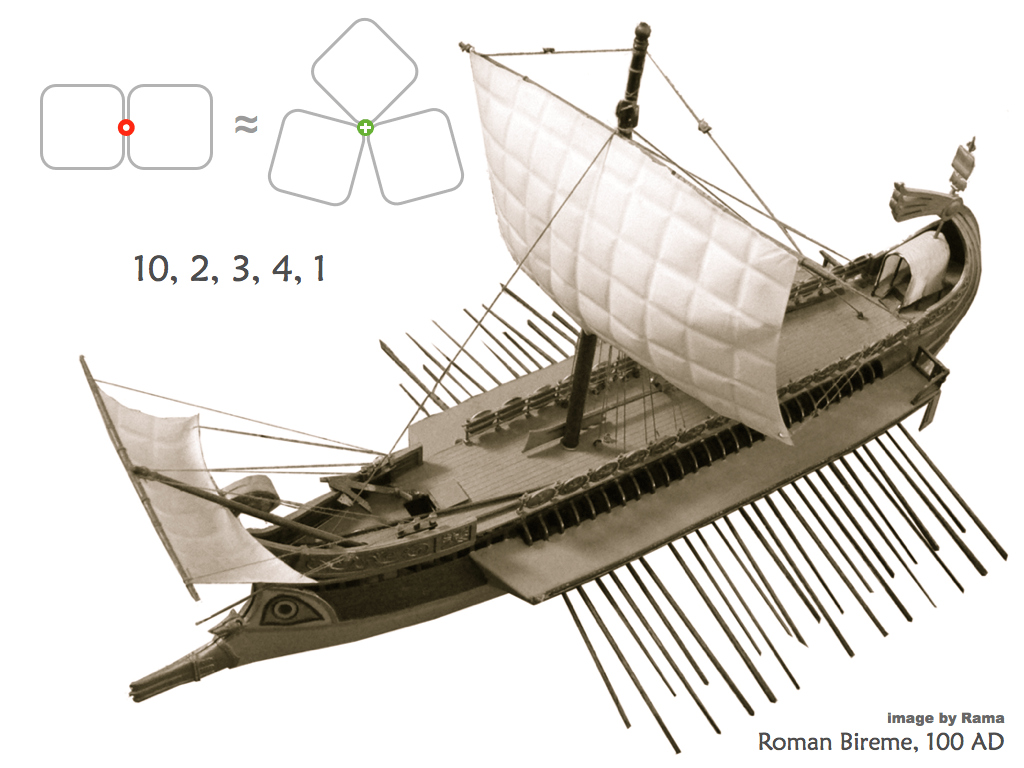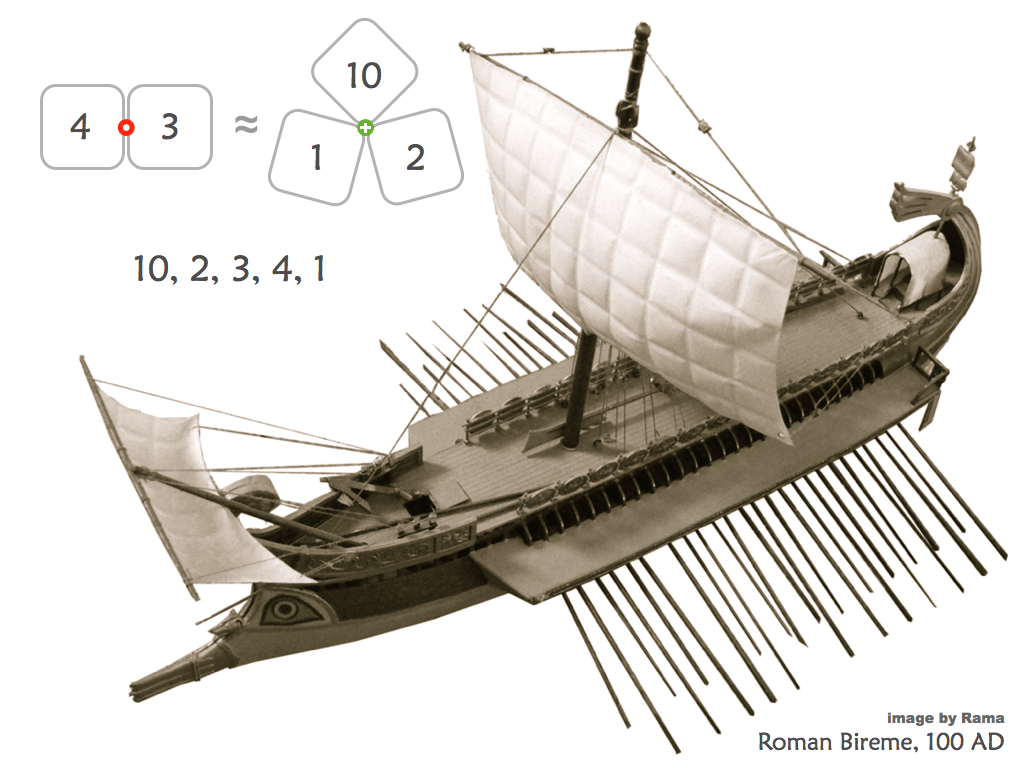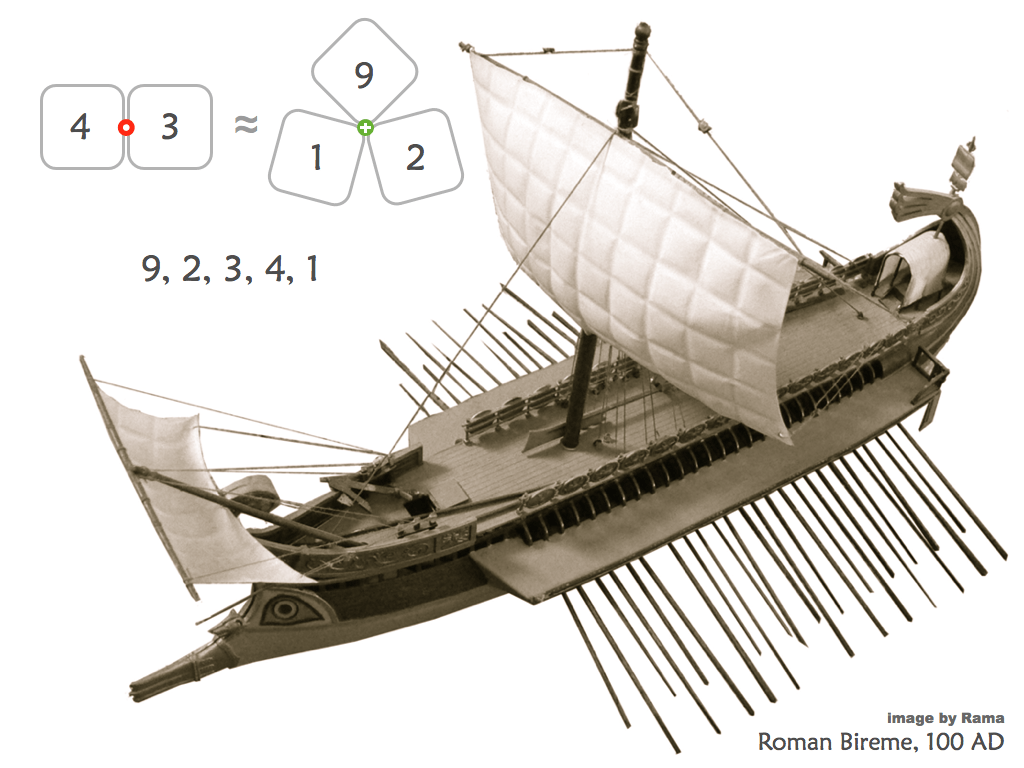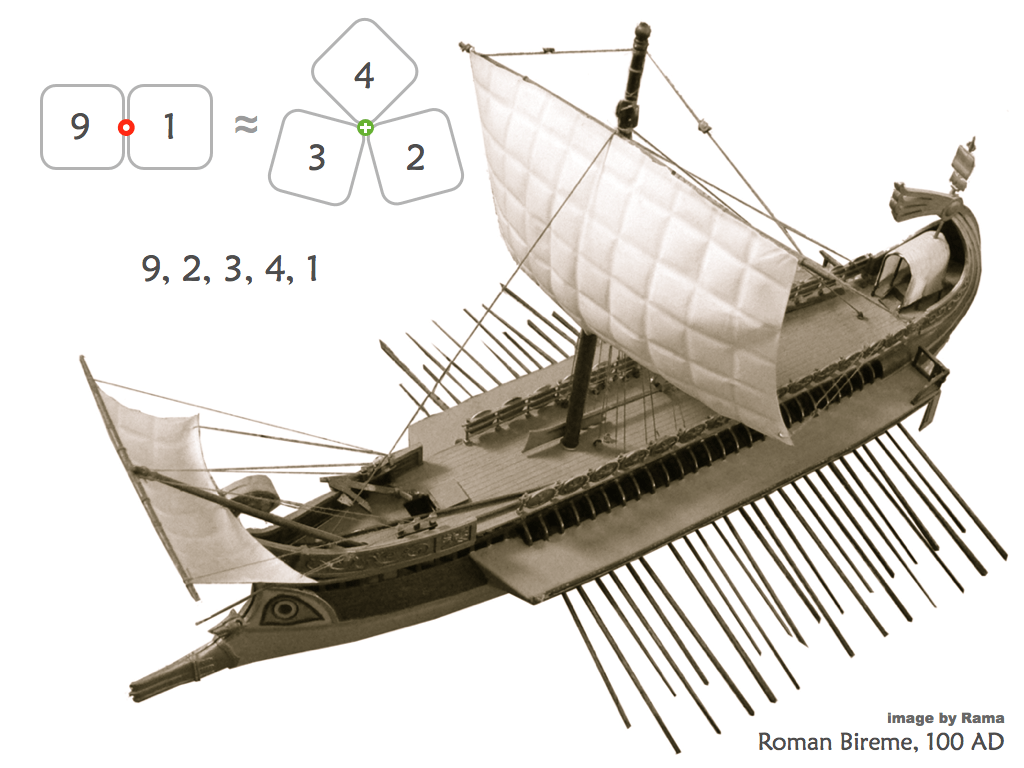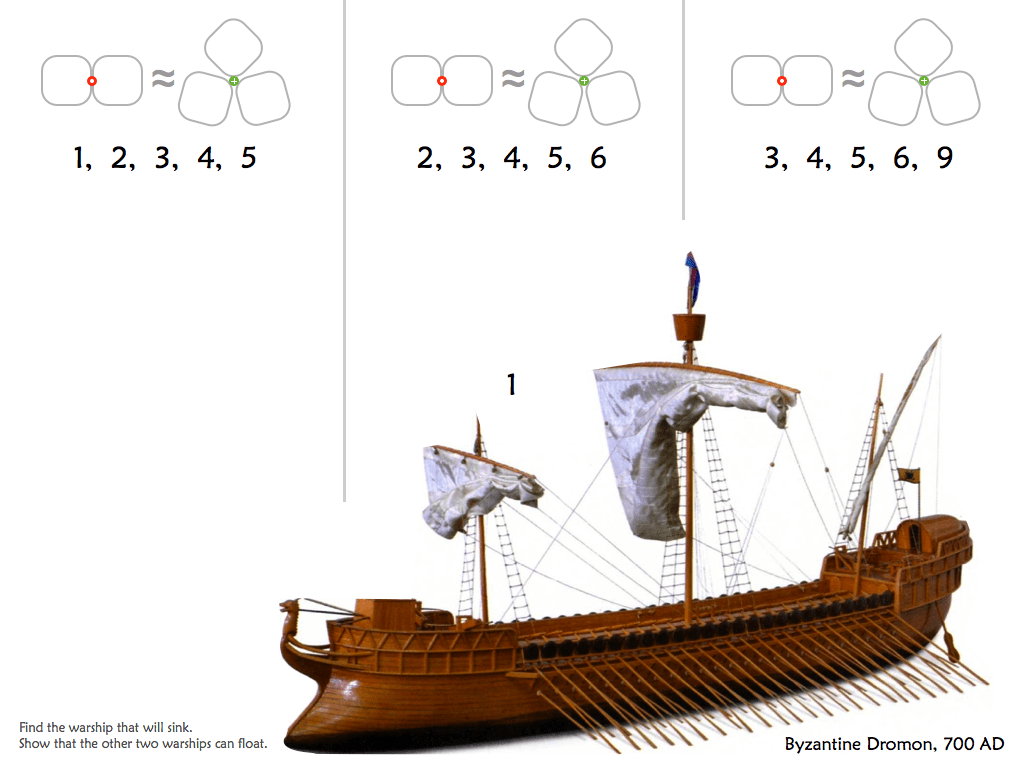Multiplication
Escape from King Minos
The Collatz conjecture from 1937 is essential in every student’s experience of mathematics. Here we present it with a backdrop from Greek mythology.
It gives students practice in multiplying by 3 so when the bulk of your class is ready to learn 3 x 17 = 51 is the perfect time to use it.
Printable puzzle-sheets here.
Beetle Blitz
We learn best through hard fun. These games are for students who need practice with single digit multiplication. They are entirely unfair – almost always one beetle will have a winning strategy. I love to emphasize this to help remove the stigma of failure from the classroom. The beetle to beetle confrontations are entirely unfair because almost always one beetle will have a sure win. However, finding that win is hard fun.
Printable sheets here.
Cartouche Puzzles
These versatile puzzles are great for adults and children alike. They are based on KenKen puzzles, but are superior for the classroom because they offer engaging ways to get at age-appropriate arithmetic skills.
Printable black & white Cartouche puzzles here.
Printable colour Cartouche puzzles here.
The persistence of an integer is the number of times you can perform the following before ending up at a single digit:
1) Take the digits of the integer and multiply them together to give a new integer.
2) Repeat #1 using the new integer.
Recreational mathematics is on the fringes of mathematics, but its real worth is in mathematical pedagogy. Vampire Numbers are a perfect example. They are ridiculous. Most mathematicians would not take time to look at them because they lead to little else of interest. They’re a DEAD end.
But like a lot of recreational mathematics, their true home is in the classroom where their weirdness is an asset.
Symbiotic Sets
These are difficult puzzles – not the puzzle you want to start exploring multiplication, but there are rich ideas here that are worthy of exploration. I now call these puzzles Lichen Puzzles…
Download printable Lichen Puzzles here.
See my pinterest multiplication page for bad and good discoveries from the web.

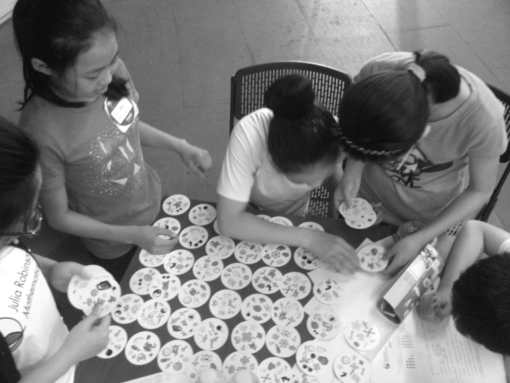
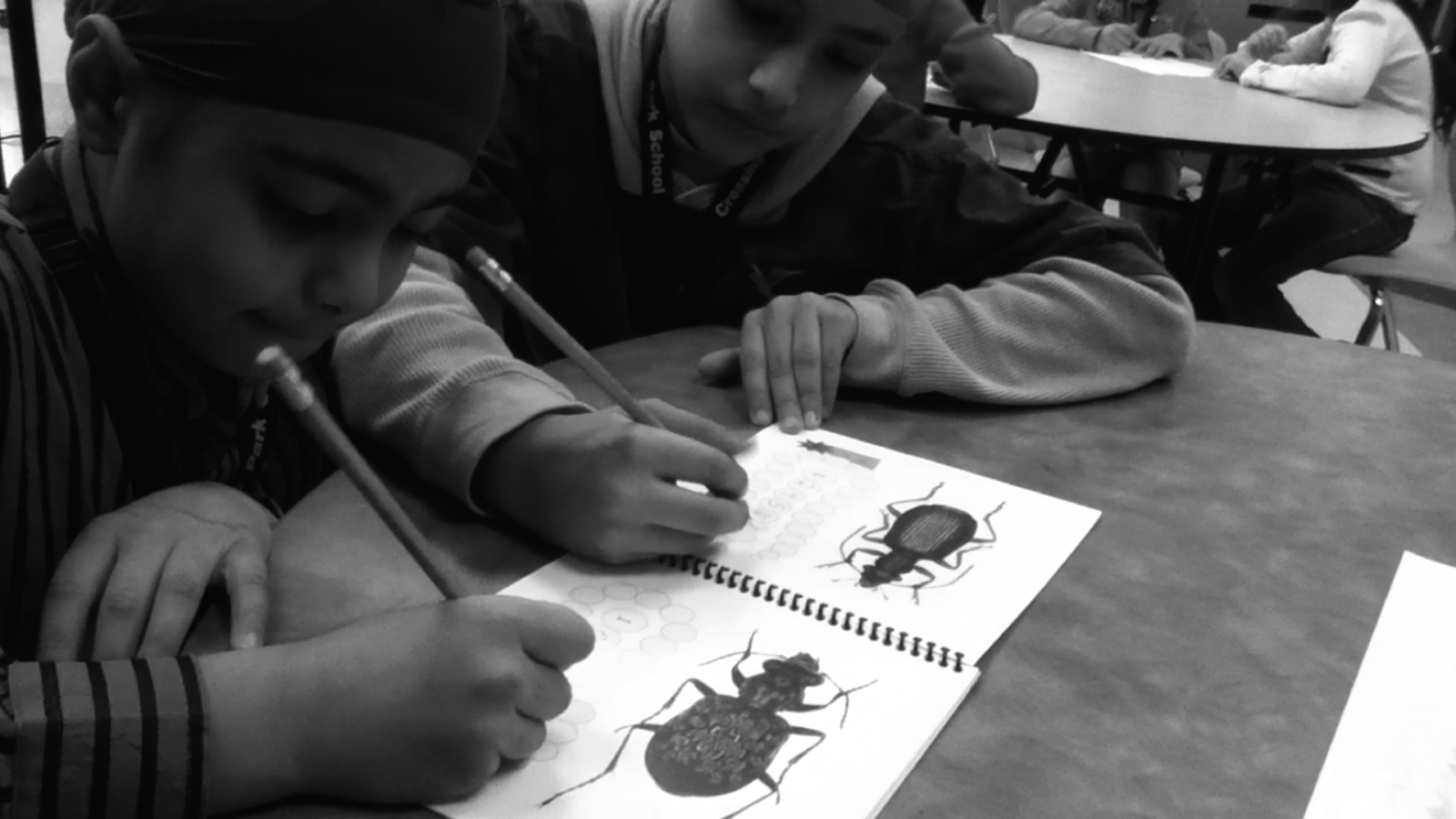
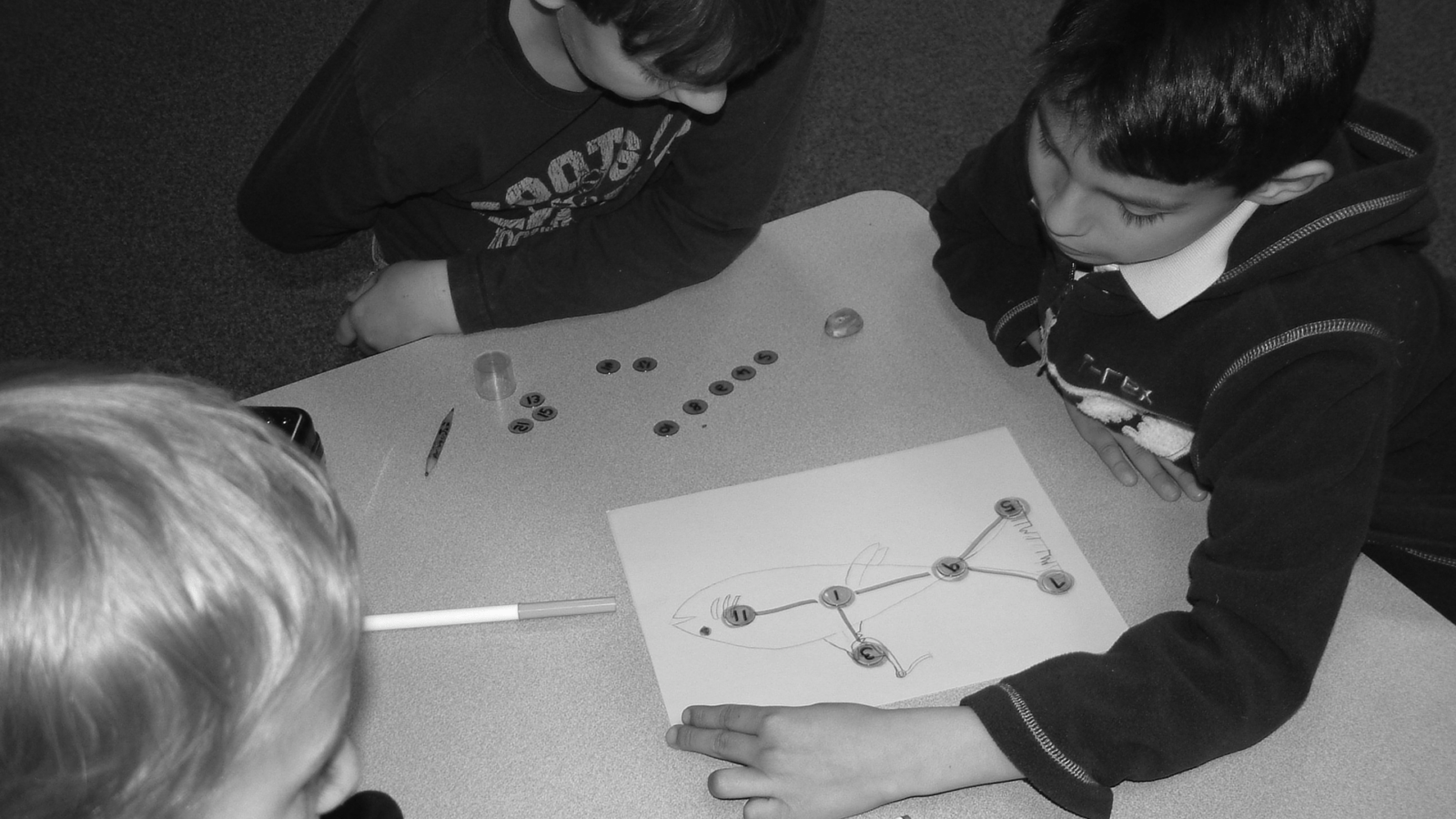
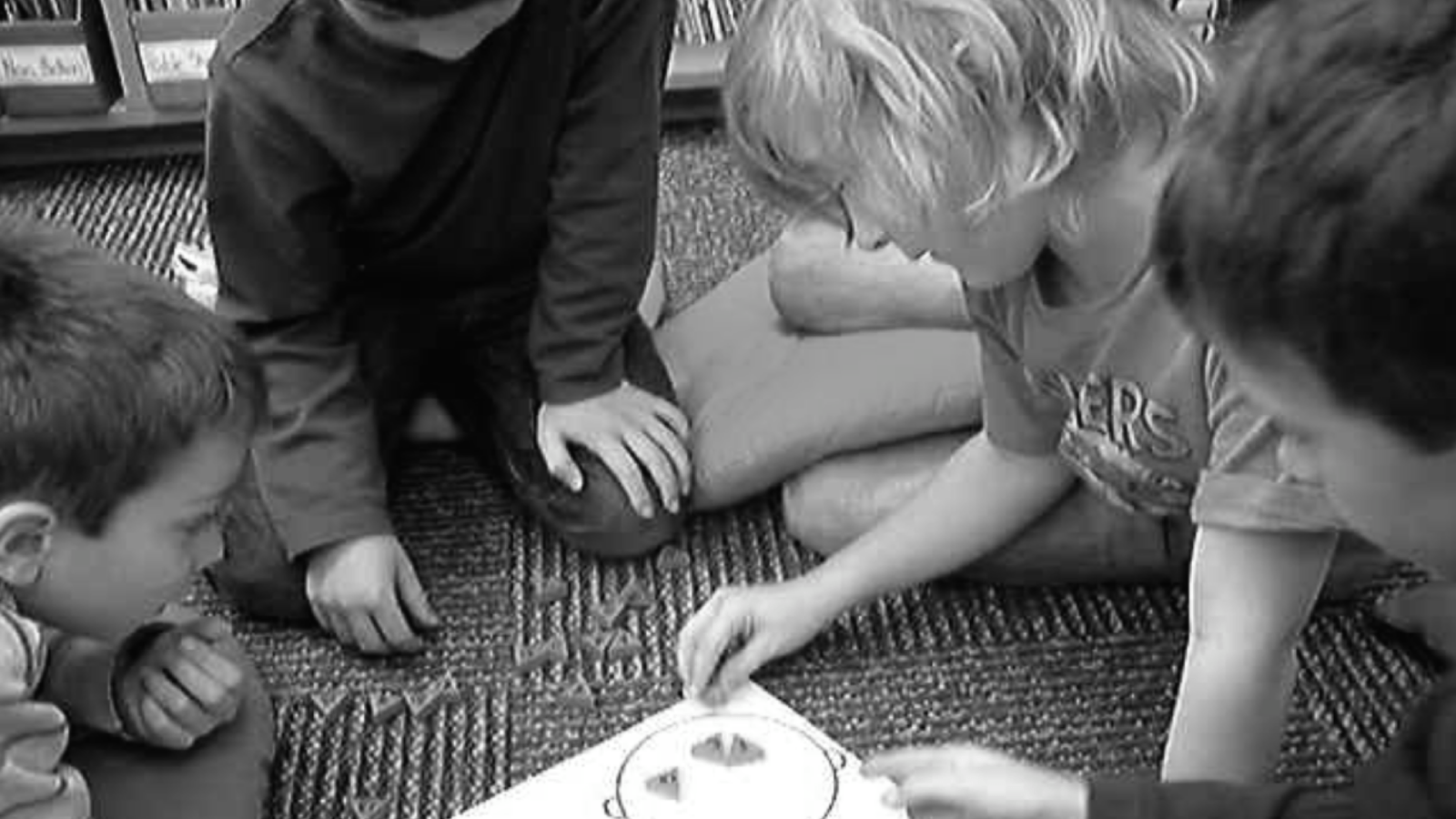
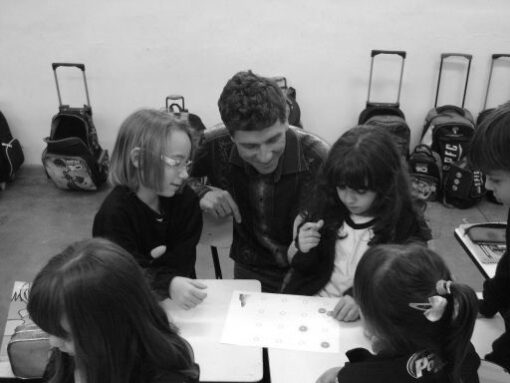
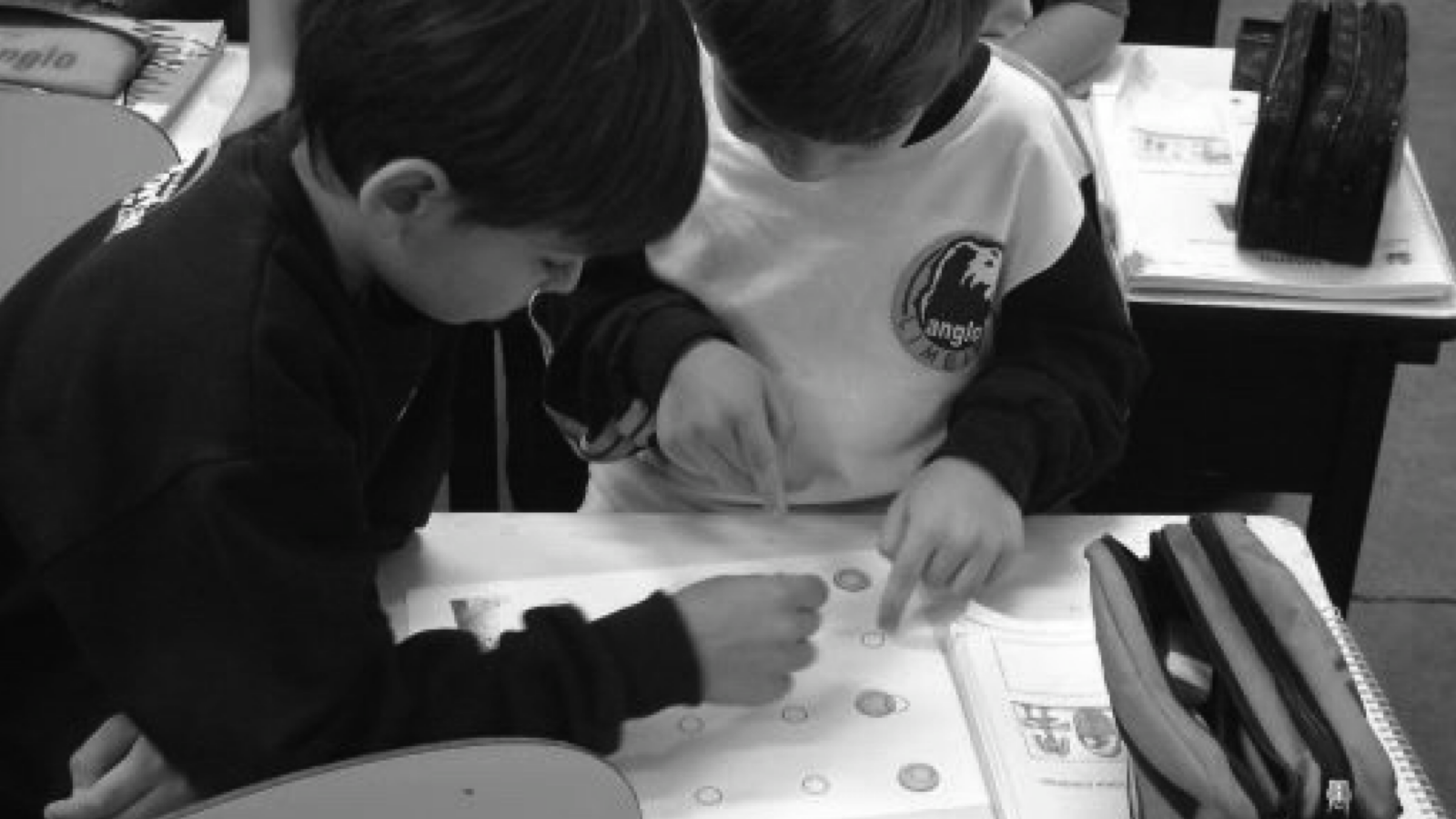
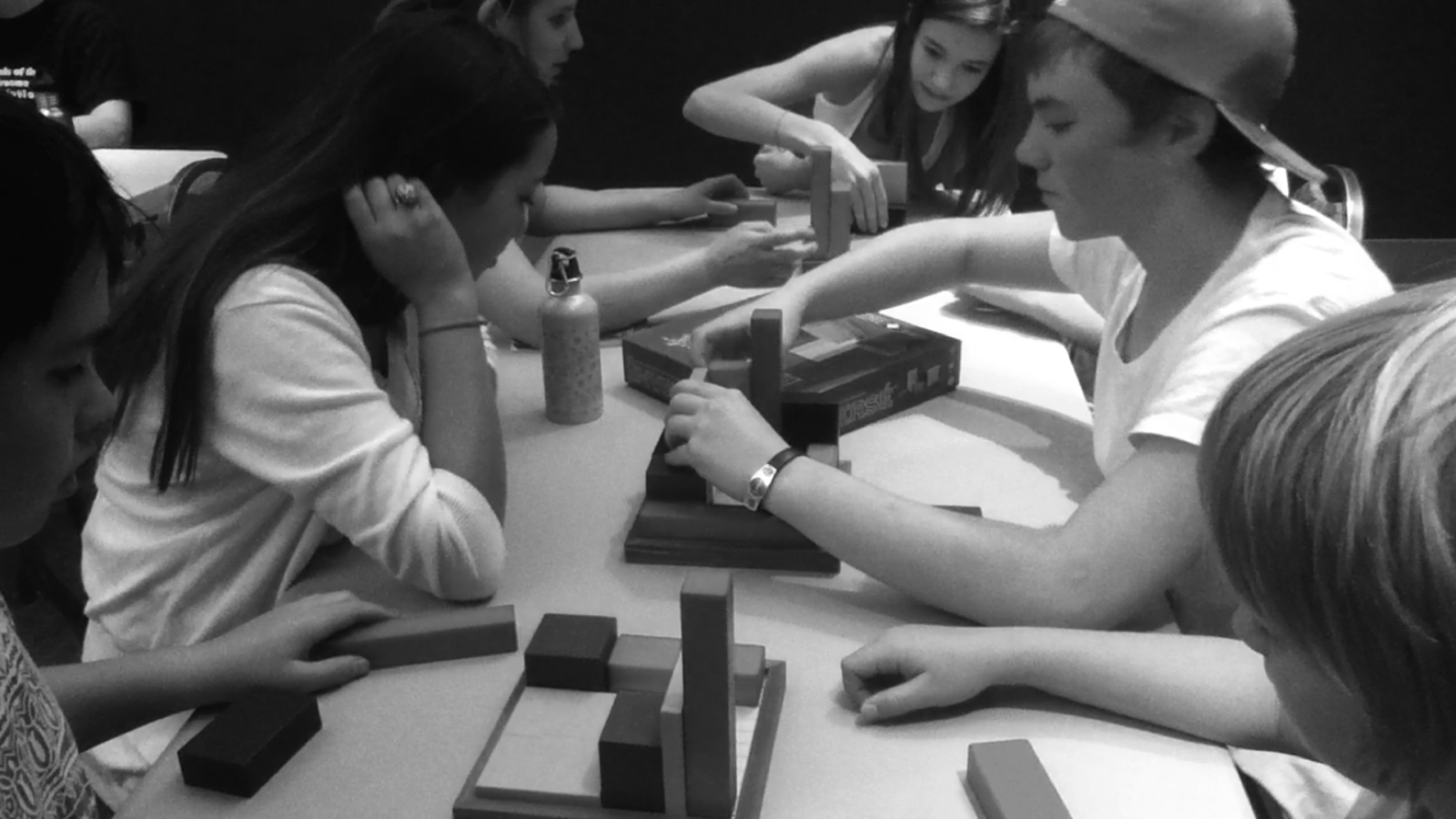
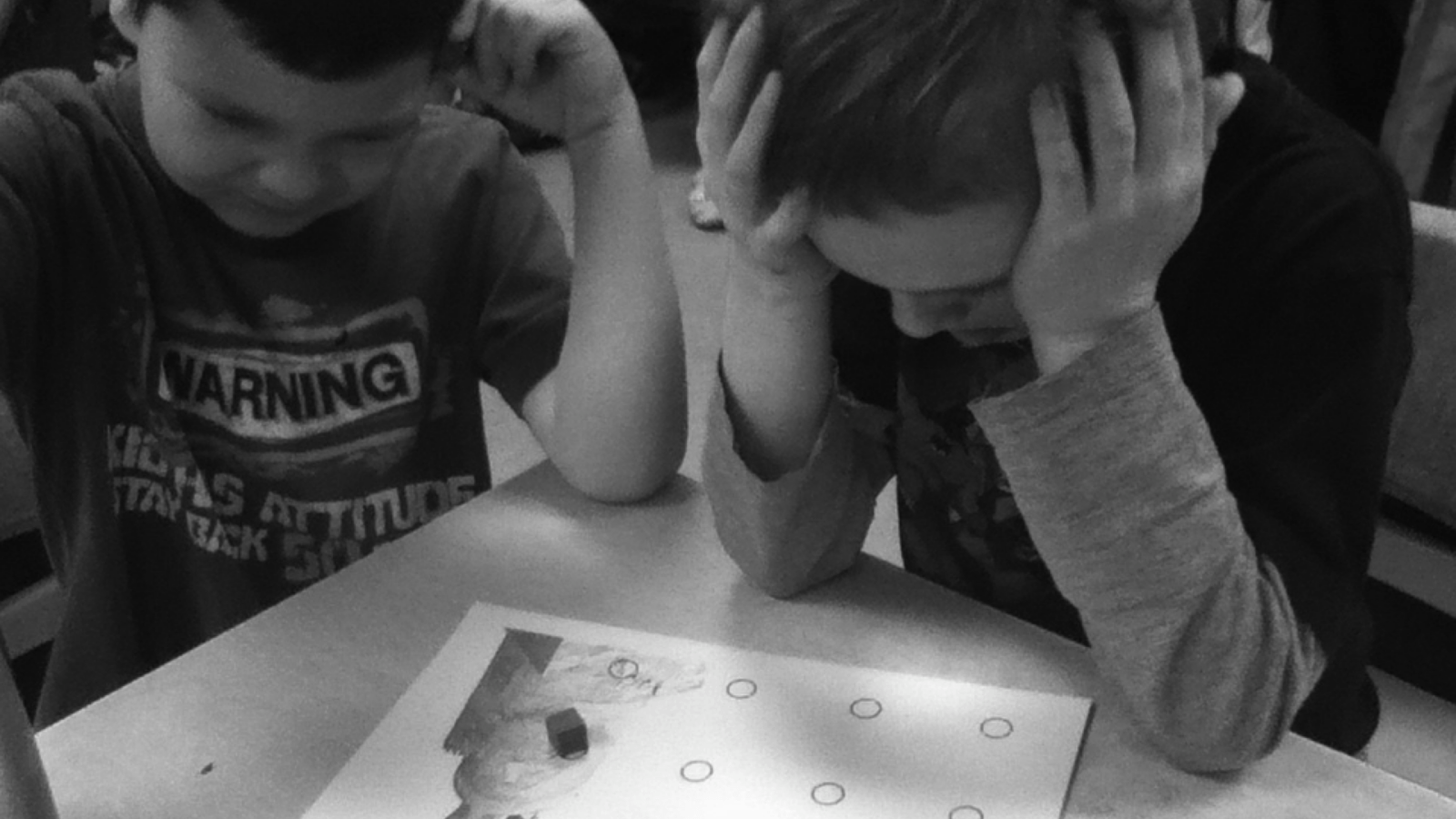
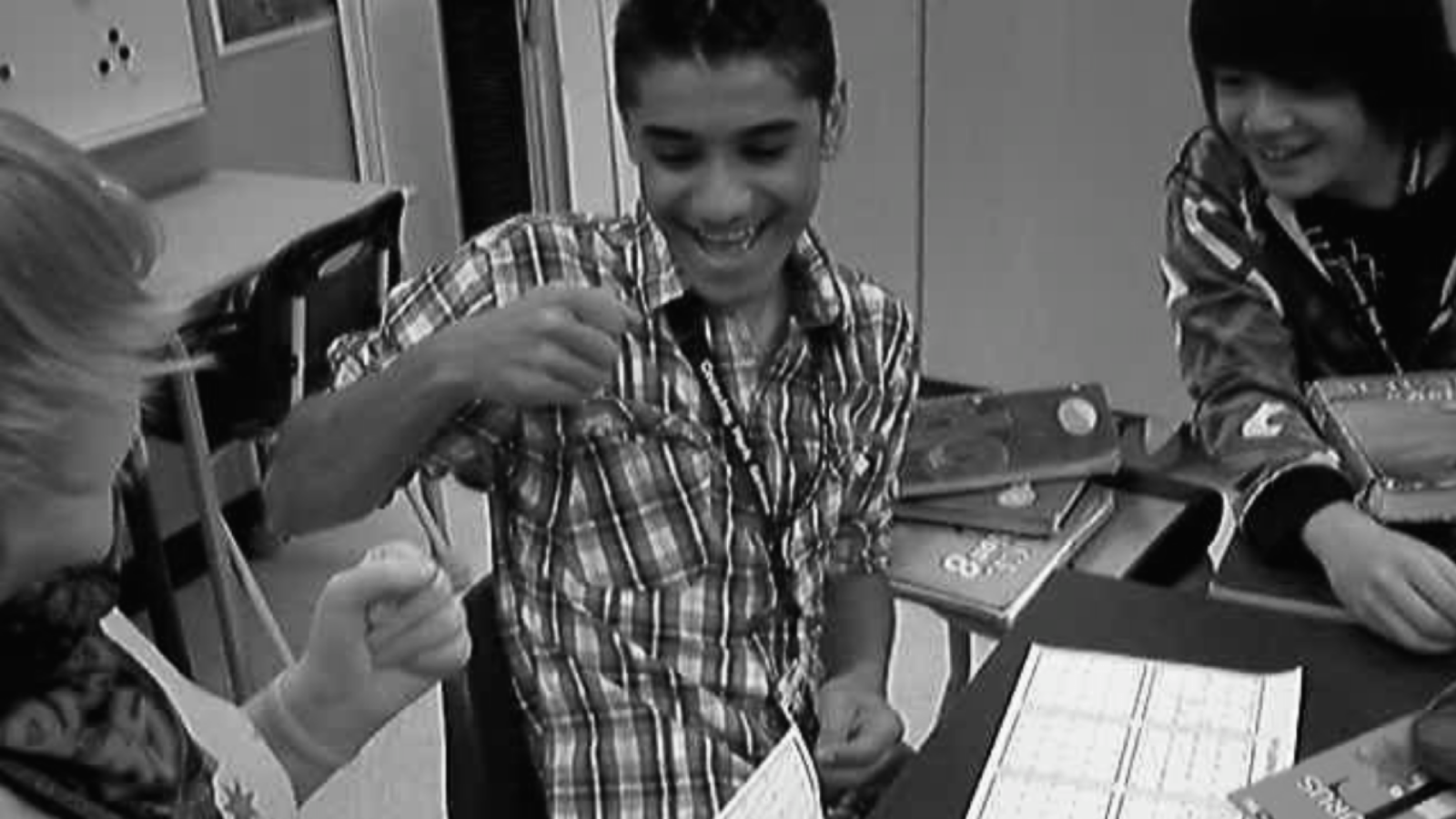
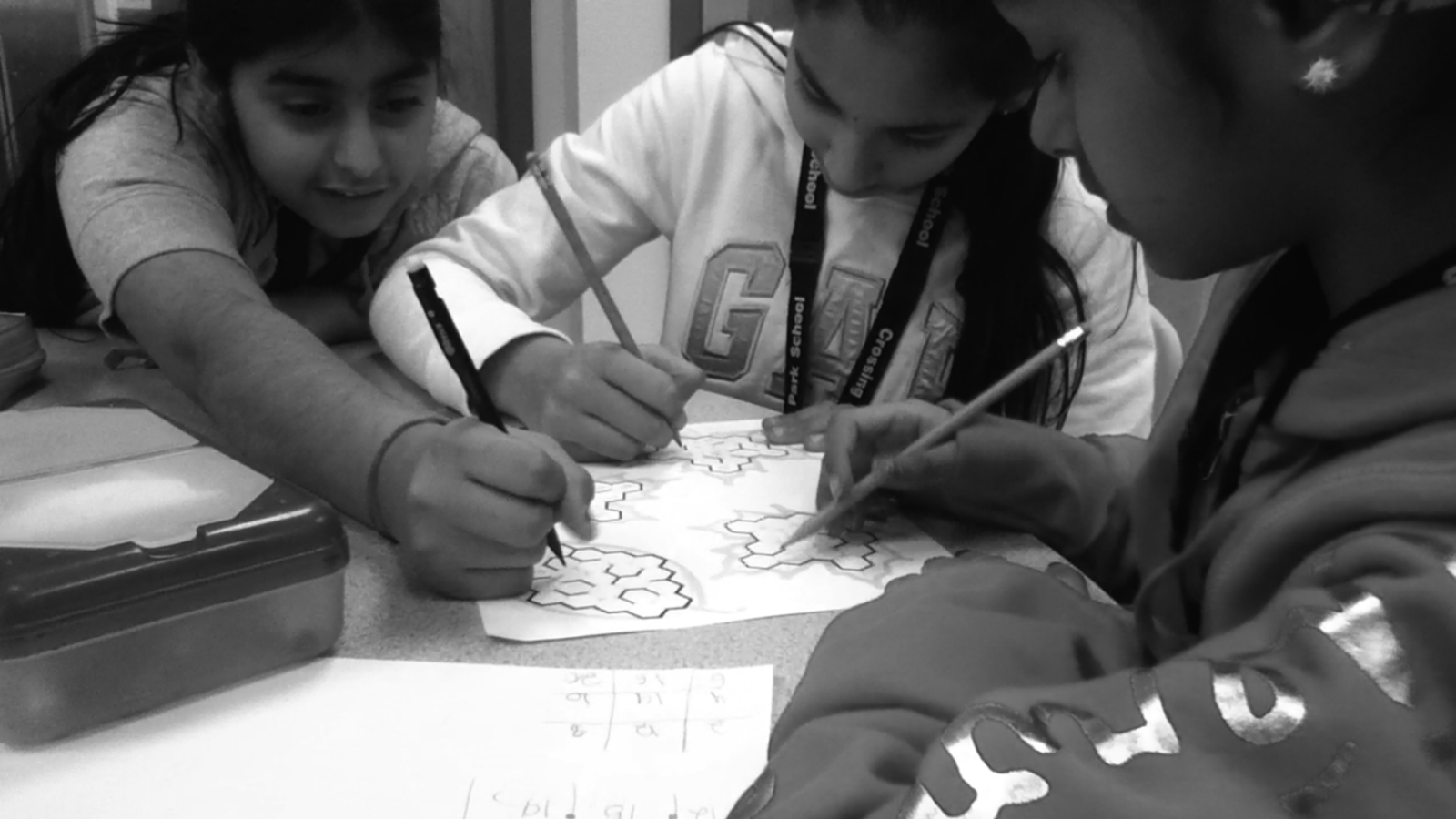
Please use MathPickle in your classrooms. If you have improvements to make, please contact me. I'll give you credit and kudos 😉 For a free poster of MathPickle's ideas on elementary math education go here.

